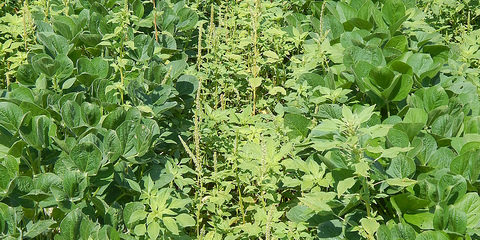The problem with herbicide resistant weeds continues to grow, but replacing one herbicide chemistry with the next won’t win the resistance battle, says Bob Scott, weed specialist with University of Arkansas Extension.
For many years, farmers have used various chemical control products for weed management, but over time weeds have developed resistance to the products. “Our data and other literature show that herbicides have about a seven-year lifespan, give or take, if no resistance management efforts are made with a new product from day one,” says Scott.
There are many reasons for this, not limited to overuse, but the farmers have to be willing to try a variety of methods of weed control in order to maintain the tools to manage them into the future. “We do not consider herbicide programs that are just going to get us by for one year,” says Scott. “We create year-round, diversified programs geared toward preventing pigweed from going to seed in hopes that this seven year cycle we’ve seen will be extended.”
Scott’s approach to weed control includes non-chemical practices like crop rotation and harvest weed-seed destruction, and focuses on two key practices when it comes to herbicide applications:
- Use residual herbicides with at least two effective modes of action (MOAs) in each application.
- Use the full recommended labeled rate
Effective MOA’s for pigweed are dwindling, so it’s important to recognize the problem make the right decisions for managing it early. Learn more in THIS ARTICLE from USB.







